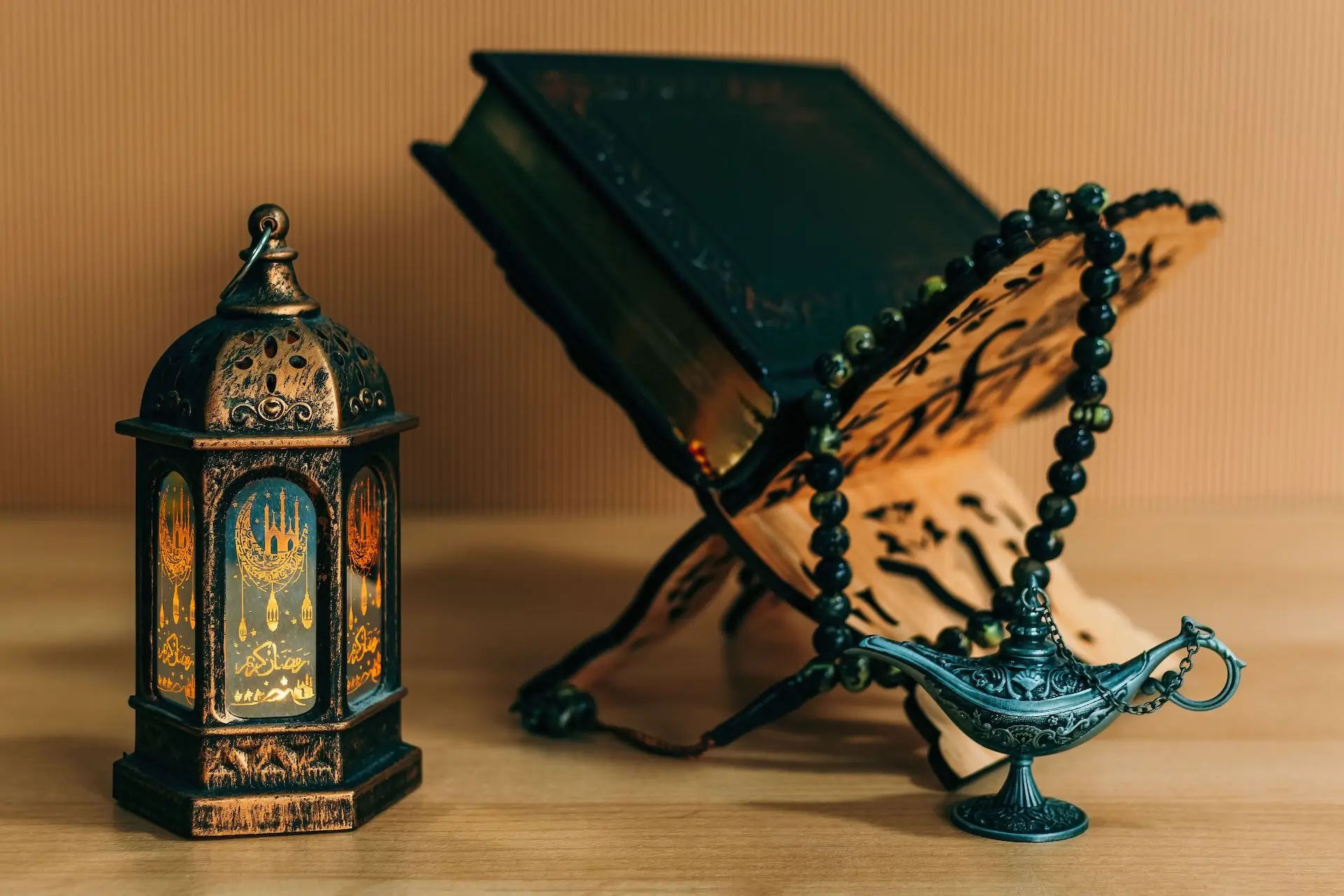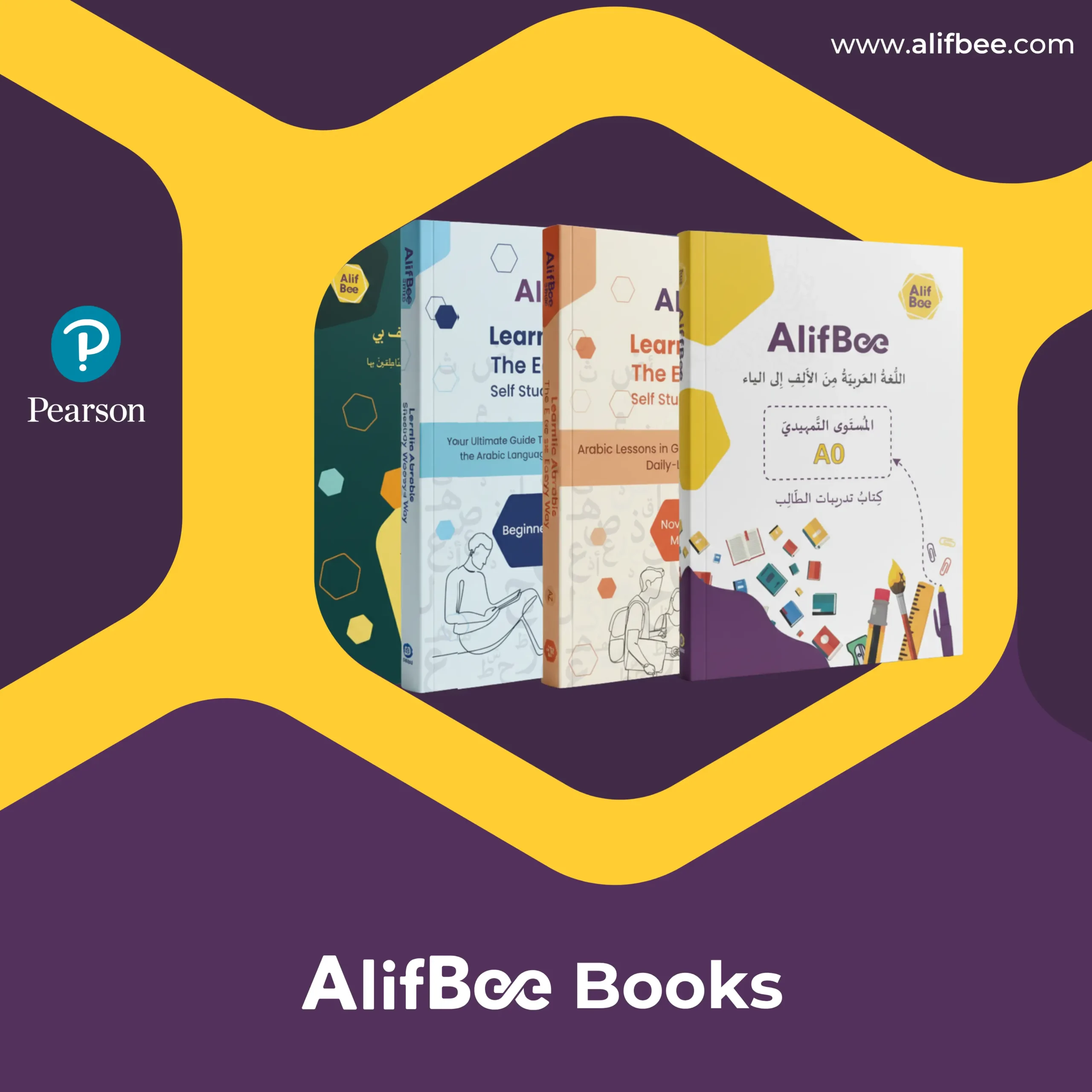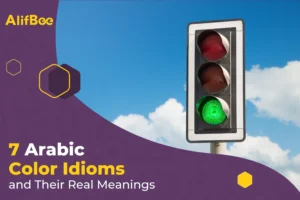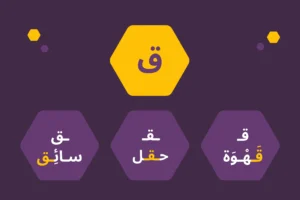Iconic Ramadan Words
As the holy month of Ramadan graces us once again, it brings with it a unique blend of cultural traditions and spiritual practices that enrich the lives of Muslims around the globe. Certain words and symbols gain special significance amid fasting, prayer, and communal gatherings.
In this blog, we explore six iconic Ramadan words, their origins, significance, and the roles they play in the observance of this holy month.
Word 1 : فانوس
Lantern
Fānūs 
A lantern, or “فانوس” in Arabic, is a traditional decorative light. It’s used during Ramadan for decoration and symbolizes hope and joy.
Lanterns originated from Egypt. They used to be used to light dark streets and alleyways before the invention of electricity. With time, they have become associated with Ramadan, and many people today purchase decorative lanterns to hang in their houses.
Word 2 : هِلال
Crescent
Hilāl 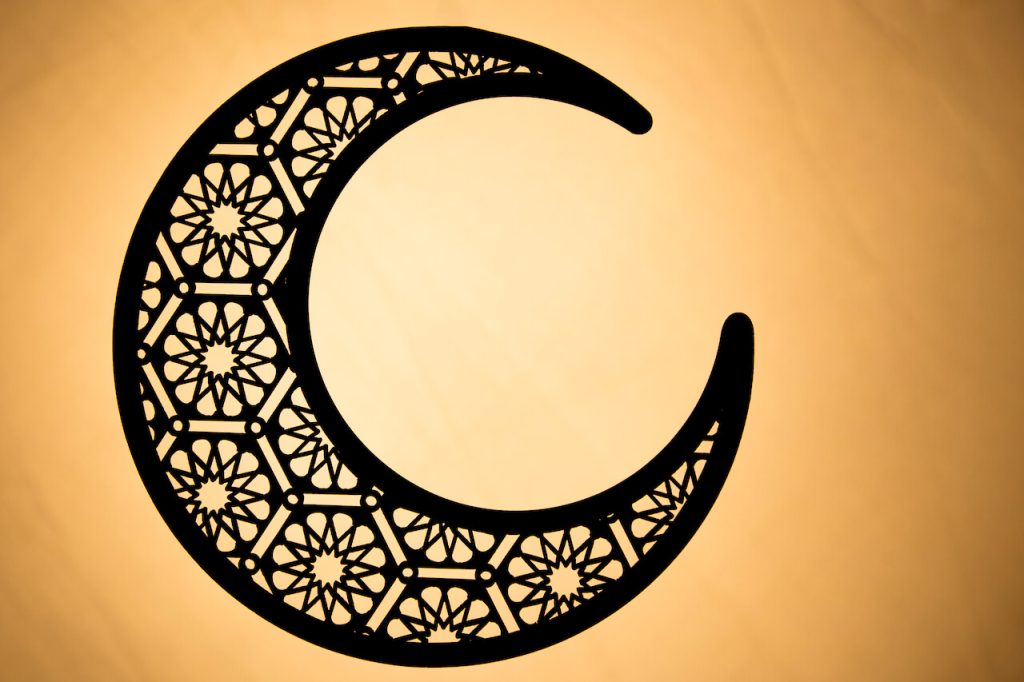
The crescent, or “هلال” in Arabic, is the moon phase that marks the beginning and end of the Hijri months, especially Ramadan. People wait eagerly for the moon sighting to announce the start of the holy month.
The sighting of the crescent has therefore become symbolic of the month of Ramadan with the symbol used in Ramadan decorations and references.
Word 3 : مِدفعُ الإفطار
Cannon Firing
Midfʻ alʼifṭār 
Cannon firing is a traditional signal used in many Islamic countries to announce the end of the day’s fast (Iftar) during Ramadan. It is also called the Iftar Cannon. The phrase literally means “cannon for breaking the fast”.
The practice dates back centuries and serves as a communal announcement that it’s time to break the fast. It used to help people know the time they could end their fasting before the advent of clocks and modern forms of communication.
Cannon firing usually accompanies the Athan or the call to Maghrib prayer.
Besides the daily Iftar cannon firing, the cannon is also fired to announce the start of the month and to celebrate Eid al-Fitr.
Word 4 : مُسَحّراتي
Mesaharati (Ramadan Drummer)
Musaḥrāty 
The Mesaharati is a traditional drummer who walks through communities waking people up for Suhoor (the pre-dawn meal) with the beating of a drum. One of the oldest traditions of Ramadan, this tradition is still practiced in some parts of the Muslim world like Egypt, Syria, and Palestine, to ensure everyone can eat before the day’s fast begins.
The Mesaharati is also called أبو طبلة Abu-tabla (Father of the drum) and he is sometimes followed by the children in the neighborhood who help him and express joy to join him in his tour waking up people for Suhoor.
Word 5 : سِجّادةُ صلاة
Prayer rug
Sijādtu ṣalāt 
A prayer rug, or “سجادة” in Arabic, is a small rug used by Muslims during their five daily prayers. It ensures cleanliness and provides a dedicated space for worship, both at home and in the mosque.
The prayer rug has become iconic and symbolic of Ramadan since people try to do more acts of worship and prayer during this month. It also serves as a reference to prayers performed in this month like تراويح Taraweeh, which is an important Ramadan ritual. You can read more about Ramadan rituals here.
Word 6 : مَسجِد
Mosque
Masjid 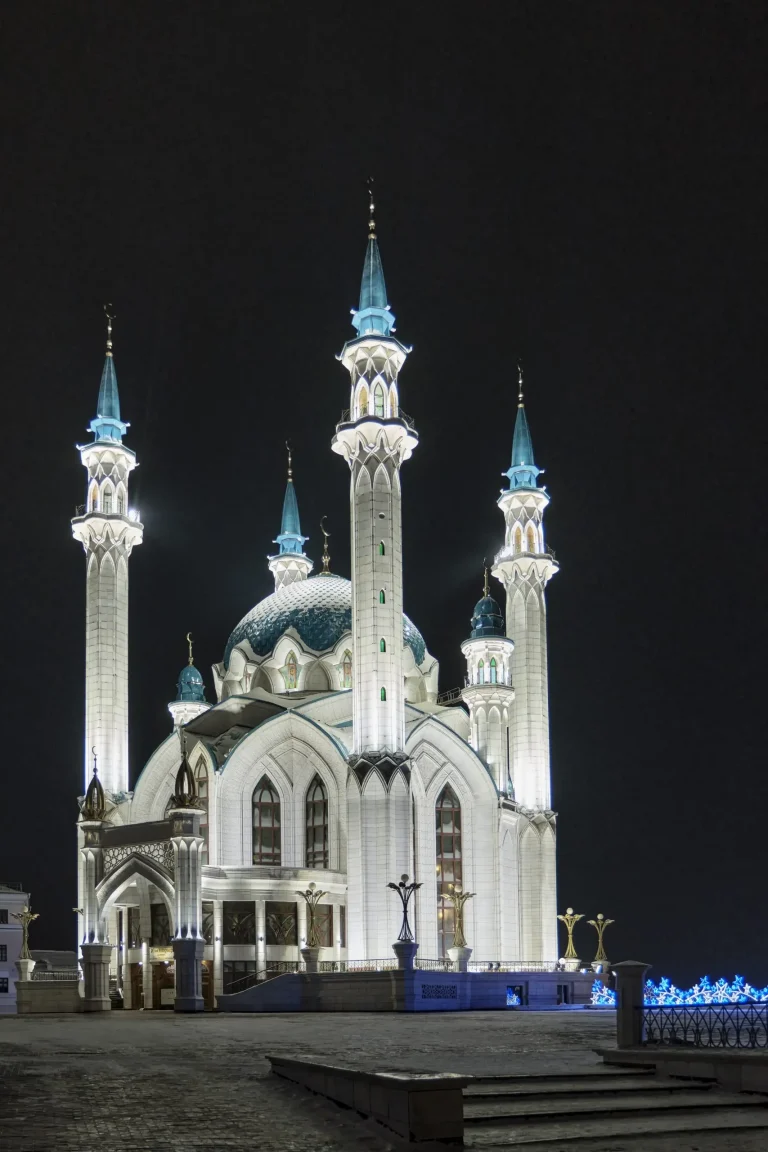
A mosque, or “Masjid”, is a place of worship for Muslims. It’s a community hub where people perform their five daily prayers, listen to sermons, and engage in community activities, especially during Ramadan.
In Ramadan, Muslims participate in Taraweeh or evening prayer every day after Ishaa’ prayer. This prayer is a key ritual that only takes place in Ramadan and is usually done in the masjid in the congregation.
Final word
If you like this blog about key Ramadan icons, you can also read our blog on popular foods in Ramadan here.
To practice the information you learn in our seriese of Ramadan blogs, don’t miss our quick quiz on Ramadan vocabulary! It will help you remember and correctly use the newly learned words, allowing you to see your mistakes and retake the quiz as many times as needed until you master them.
Make sure you learn Arabic through our engaging app. A wide range of exercises are waiting for you. These were tailored to suit all skill levels and include quick lessons prepared by our language experts, and daily scenarios rich with Arabic culture.
The app also features live statistics for easy and insightful progress tracking.

